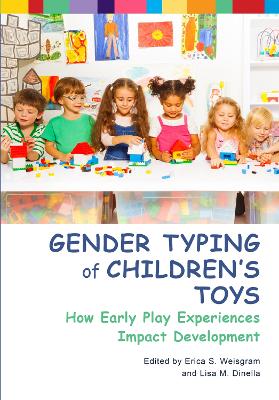What is the difference between ""boy toys"" and ""girl toys?""
What social, cognitive, and biological factors influence the design and marketing of gender-typed toys, and children's interest in such toys?
What are the long term implications of gendered toy play, for children's development and later adult roles?
In this volume, scholars in developmental psychology, education, and neuroscience examine the fascinating intersection of gender and child play.
Contributors consider the innumerable ways in which toys today are gender-typed, alongside the expression of gender preferences in early childhood. As research shows, children who play with different kinds of toys reap different cognitive, emotional, and social benefits.
Toys teach children various skills, including lessons about how they should or should not behave. Gender-typed play, therefore, both reflects and codifies gender stereotypes and constrains children's later social roles.
With theoretically and empirically-based play interventions, as well as ongoing campaigns aimed at raising public awareness, this volume offers a clear blueprint for how researchers, clinicians, parents and activists can help reduce gender stereotypes and help children grow up to become the people they want to be.
- ISBN13 9781433828867
- Publish Date 27 February 2018
- Publish Status Active
- Publish Country US
- Imprint American Psychological Association
- Format Hardcover
- Pages 352
- Language English
